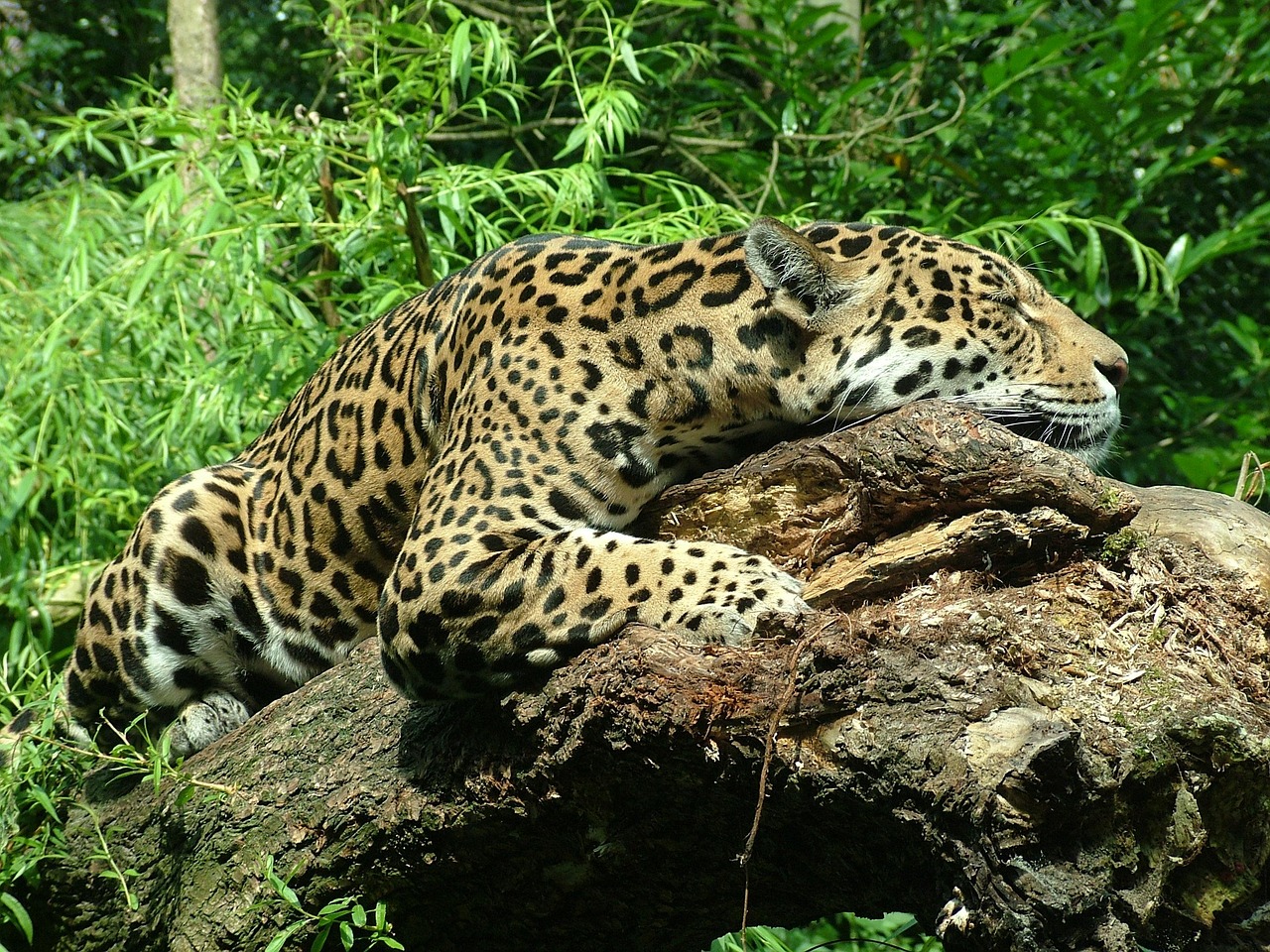Understanding the Importance of Rehabilitation
Rehabilitating rescued jaguars is an essential endeavor that not only restores these majestic creatures to their natural habitats but also contributes significantly to biodiversity conservation. Jaguars face numerous threats, including habitat destruction, poaching, and the illegal wildlife trade. Proper rehabilitation can help reverse some of these changes, providing a second chance for these powerful predators.
Step 1: Assessment of Health and Behavior
Upon rescue, the first step in rehabilitating a jaguar is conducting a thorough health and behavioral assessment. Wildlife veterinarians typically perform a complete physical examination, including blood tests, x-rays, and vaccinations to determine the animal’s health status. This assessment can identify health issues like malnutrition, parasites, and diseases such as feline leukemia.
Behavioral assessments are crucial. Observing a jaguar’s responses to various stimuli, such as humans, food, and environmental changes, provides insights into its mental state and adaptability. An understanding of its temperament will guide rehabilitation efforts, detailing how the jaguar may react to humans and other animals, influencing the training necessary for its eventual release.
Step 2: Specialized Diet and Nutrition
Once the jaguar’s health is assessed, creating a specialized diet is vital for its recovery and strength restoration. Jaguars are obligate carnivores; thus, providing a diet rich in high-quality protein is essential. This can include whole prey items, such as rabbits, chickens, or specially formulated carnivore diets available at wildlife rehabilitation centers.
Careful monitoring of the feeding behavior helps adjust dietary plans according to the individual’s preferences and needs. Hydration is equally important, and access to clean water should always be prioritized, ensuring the jaguar remains healthy and hydrated.
Step 3: Enclosure Design and Environmental Enrichment
Designing an appropriate enclosure is another critical aspect of rehabilitation. The enclosure should mimic the jaguar’s natural habitat with trees, shelters, and water sources to encourage natural behaviors such as climbing, swimming, and stalking prey.
Environmental enrichment enhances their psychological well-being and encourages natural behaviors. Enrichment activities can include hiding food in the enclosure, providing toys that mimic the movement of prey, or constructing platforms high in trees. Changing the layout periodically helps keep the jaguar engaged and prevents boredom.
Step 4: Behavioral Training
Behavioral training is integral to the rehabilitation process. This step may include desensitization to human presence, teaching the jaguar to associate humans with positive experiences. Operant conditioning techniques such as clicker training can help establish trust and facilitate handling during veterinary check-ups.
Introducing the jaguar to various stimuli, like different sounds or sights, prepares it for eventual reintroduction into the wild. Training should be done gradually to build confidence and reduce stress, ensuring that the jaguar is well-prepared for the challenges it will face in the wild.
Step 5: Socialization and Interaction
While jaguars are generally solitary animals, controlled socialization can enhance a rescued jaguar’s adaptability skills. If appropriate, introducing them to other jaguars can offer opportunities for social learning. Observations of interactions, including play and communication, can help assess whether a particular animal is social or prefers solitude.
Human interactions should also be managed carefully, fostering positive, non-threatening experiences. Over time, allowing the jaguar to observe humans from a safe distance can help them adjust to the presence of people, which is crucial if they are to survive near human-populated areas once released.
Step 6: Pre-Release Preparation
Before release, pre-release assessments are critical to evaluate the jaguar’s readiness. This involves simulating wild conditions by introducing them to a larger outdoor enclosure that mimics their typical habitat. Monitoring the jaguar’s behaviors like hunting, stalking, and exploring is essential to ensure they exhibit necessary survival skills.
Field practice is also part of this preparation. Training the jaguar using techniques that mimic hunting, including various forms of food placement and simulated prey, helps assess their ability to hunt and catch food in the wild. Engaging in this preparatory stage ensures that crucial survival instincts are intact.
Step 7: Release Strategy
A comprehensive release strategy should be developed carefully. Factors such as the habitat availability, potential competition with other individuals, and the presence of humans must be considered. Selecting a release site abundant in food sources and with minimal human presence is ideal.
Monitoring released jaguars post-release through GPS collars provides data on their behavior and adaptation to the wild. Rehabilitators should assess their movement patterns, hunting success, and interaction with other wildlife to facilitate conservation efforts further.
Step 8: Long-Term Monitoring and Conservation Efforts
Post-release, ongoing monitoring is essential for understanding the jaguar’s adaptation and success in the wild. This data not only aids in the individual animal’s well-being but also contributes to the broader understanding of jaguar conservation.
Collaboration with conservation organizations and local communities is vital to enhance awareness about jaguar safety and the critical role they play in maintaining ecosystem balance. Educational programs aimed at reducing human-wildlife conflict and promoting habitat protection are also crucial for ensuring a sustainable future for jaguars.
Final Considerations
Rehabilitating rescued jaguars is a multifaceted process that requires careful planning, specialized knowledge, and a commitment to wildlife welfare. Each step, from health assessment to monitoring post-release, is crucial in ensuring the success of these magnificent animals. By adhering to this step-by-step guide, wildlife rehabilitation organizations can create effective programs that not only safeguard rescued jaguars but also contribute to the larger conservation mission.







